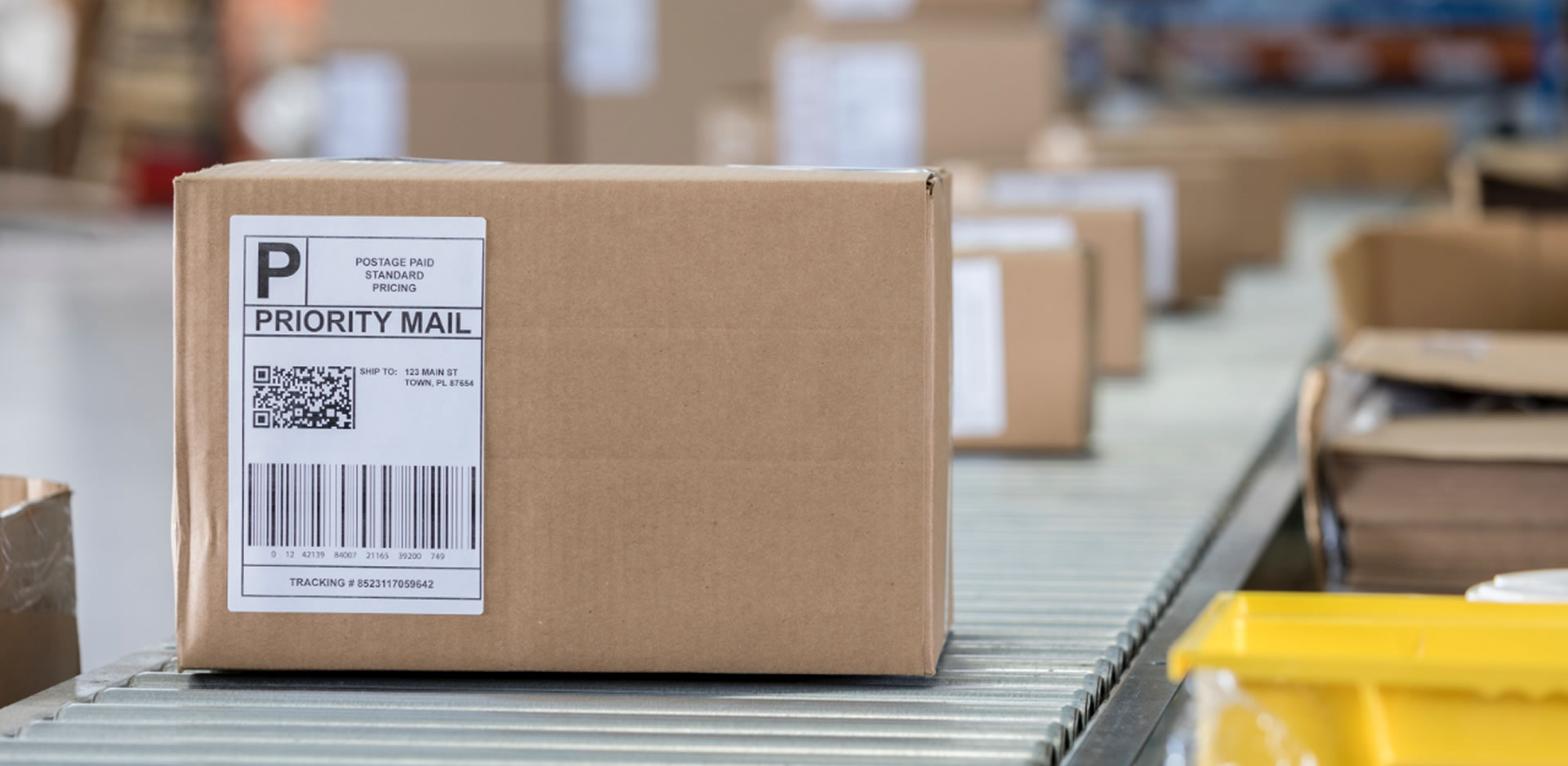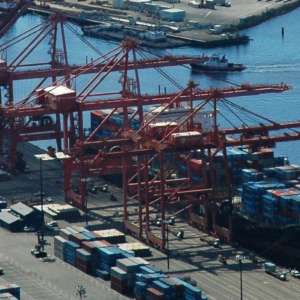There are few people who are more excited about packaging compared to what’s inside. But if not for that protective outer layer, the delivery might not last the journey – especially if the packaging materials weren’t right for the job.
Whether you have an international ecommerce business or have a brick-and-mortar store that ships products on the other side of the block, choosing the right packaging can make a big difference in various ways. Beyond protection, the right box, bag, or container can save you money on shipping costs, tell your brand’s story, and keep your customers happy and engaged with your business.
For now, we’ll keep things simple and focus on the fundamentals: how to choose the right packaging materials and what some of the most common packaging types are.
The Importance of Choosing the Right Packaging Materials
Selecting the right packaging is important to ensure whatever you’re shipping makes it to its destination safe and sound. Depending on what you’re shipping will also determine what material is the correct choice. For instance, one material might be great for shipping clothing, but end up damaging electronics. Sometimes you have to use multiple kinds of packaging for a single shipment and know how to layer it appropriately.
While it might be overwhelming, it’s a lot of common sense that’ll end up saving you time, money, and avoiding stressful situations like processing returns and refunds on damaged goods.
How to Choose the Right Packaging
There are a few factors to consider when choosing the right packaging. Since every item is different, this isn’t a one-size-fits-all checklist, but still something useful to keep in mind:
- Product Size and Weight: having a material that accounts for how large and heavy a package is will keep it from being damaged; sometimes a mix of packaging is necessary, such as vacuum-sealed plastic that compresses rolled-up memory foam mattresses that are then boxed up in cardboard.
- Product Shape: choose packaging that makes sense for the shape of the product; for instance, posters can fit in cardboard tubes or flat mailers (if they’re smaller) whereas a graphics card for a computer and its irregular shape should be wrapped in anti-static film, cased in foam, and put in a rectangular box for easier handling.
- Product Flexibility/Fragility: if a product can bend (like a poster or t-shirt) or is fragile (like electronics or glass) will also affect the kind of packaging it needs as well as how many layers.
- Mode of Transportation: turbulence, bumpy roads, and choppy seas can create damage risks as containers move and shift.
- Special Considerations: if you’re shipping perishable, hazardous, or otherwise dangerous or time-sensitive materials, be sure to package them safely and well within regulations – like in the case of corrosive chemicals.
Void-Fill vs. Protective Packaging
It’s important to note that there’s a difference between protective packaging and void-fill packaging, despite the terms sometimes being used interchangeably. Protective packaging does just that: it protects whatever’s inside as best as possible. Void-fill materials, however, are types of packaging that take up space to help stabilize the inside of the protective packaging.
For instance, bubble wrap is a protective packaging to cushion ceramics and other fragile items, whereas air cushion films that look like inflatable rectangular pillows are too flimsy to protect anything. Instead, they’re used to keep the product from jostling around inside the box and reduce the risk of damage that way.
Types of Packaging Materials
Corrugated Cardboard
The humble cardboard box has been the mainstay of packaging materials for as long as anyone alive can remember. Whether in its most common rectangular form or in a variety of other shapes and sizes such as flat mailers and tubes, corrugated cardboard is rigid, strong, and can take a beating in transit.
Both strong and versatile, you can maximize its effectiveness by choosing the right size and thickness of the cardboard depending on what you’re shipping. Like all paper-based packaging, however, it’s not advisable to get wet as it’ll begin to disintegrate into mush.
Bubble Wrap
It’s as protective with fragile items as it’s fun to pop once it’s served its purpose, bubble wrap is a useful cushion for items like glass or ceramics that can’t handle the rigors of long transit. While it can also be used as a void-fill material, the thickness and durability of the protective kind make it an expensive option compared to air cushion pillows.
Foam Sheets and Rolls
Foam comes in all shapes and sizes. Some foams can even adhere and vacuum-seal around whatever they’re trying to protect. If you decide to go this route, be sure to research what foam works best for what you’re trying to ship. Some foams are great as protective packaging whereas others are too brittle and are best used as void-fill. Whatever you choose, be sure to box it up in cardboard.
Plastic Sheets and Bags
Plastic is a useful packaging material known for its durability, barrier properties, and ability to shape to whatever you need. It’s also exceptionally useful in vacuum-sealing (such as memory foam mattresses, clothing, and other soft materials) to minimize space and is one of the only food-safe materials on this list (though not all plastics are food-grade).
Much like foam, be sure to choose the right size and thickness for whatever you’re trying to protect and surround it in cardboard as plastic film tears easily.
Air Cushions
The larger cousin of bubble wrap, air cushions are those inflated pillows made from thin plastic film that keep items from moving around in the box during transit. Given how flimsy the film is, it’s important not to use this as a substitute for other protective packaging. But if you have too big of a box, they’re useful for adding an extra layer of protection by keeping whatever you’re shipping secure in its container.
Eco-Friendly Materials
Supply chain companies and the packaging industry that supports it are always looking for sustainable innovation to minimize resource costs and pollution. To that end, numerous eco-friendly materials have been popping up to challenge the status quo. Recycled cardboard and biodegradable plastics are the most obvious, but there are other new materials such as mushroom-based foam or other materials made from cornstarch or seaweed.
When choosing an eco-friendly material, be sure to consider its entire lifecycle, especially biodegradable ones. While using eco-friendly materials is also tied to increased customer satisfaction from their novelty and sustainable purpose, it’s important to choose ones that don’t degrade in transit due to damage or exposure to moisture and other elements.
Choose the Best Packaging Materials with UCanTrade
No matter what you’re shipping, where, and how, there’s a packaging material for every scenario. Still not sure how to choose the right packaging? Reach out to the helpful logistics experts at UCanTrade and we’ll be happy to find the best packaging for your products.



